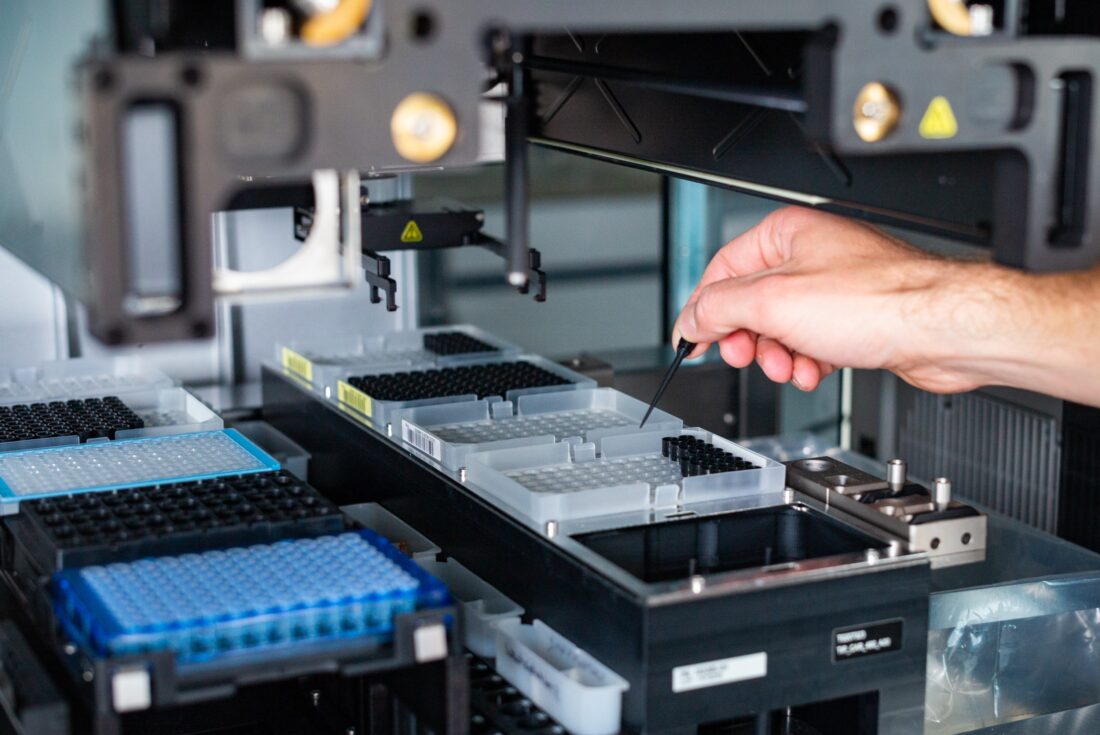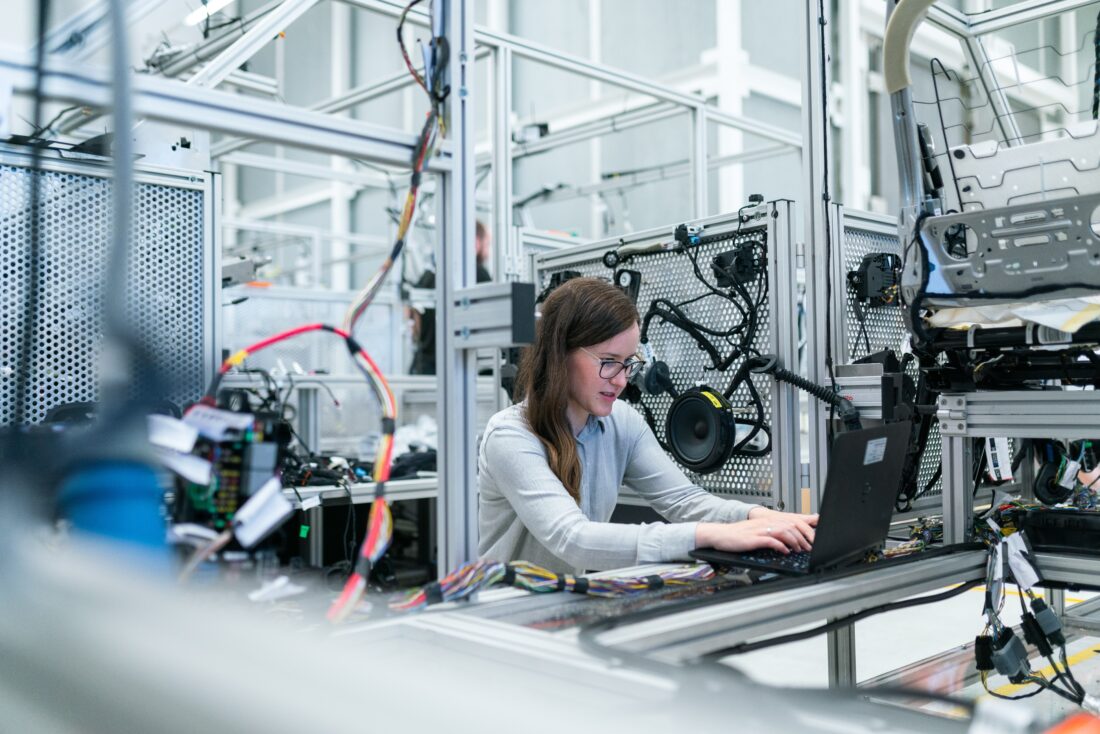Quantum computing is the biggest revolution in computing since … computing. Our world consists of quantum information, but we perceive the world as classical information. That is, a lot is happening on a small scale beyond our normal senses. As humans, we have evolved to process classical information, not quantum information: our brains are programmed to think about saber-toothed cats, not Schrödinger’s cats.

We can easily encode our classical information with zeros and ones, but what about accessing the additional available information that makes up our universe? Can we use the quantum nature of reality to process information? Of course, otherwise we would have to end this post here, and that would not satisfy us all. Let’s explore the possibilities of quantum computing and then start writing our own quantum code.
This period of the development of physics and technology is usually called the first quantum revolution. By the very end of the 20th century, scientists had learned to control complex quantum systems at the level of their most basic components – that is, to manipulate individual atoms and even elementary particles, such as photons. And this opened the way to the era of the second quantum revolution, at the very beginning of which we live today.

“Quantum physics once changed the daily life of people forever. Few people have thought about this, but the era of digital technologies in which we live is based on advances in this science, which have become an integral part of our everyday life. Further development of quantum technologies in five to ten years will be able to lead to the creation of devices that until recently were described only in the pages of science fiction, ”said Ruslan Yunusov, General Director of the Russian Quantum Center and head of the Rosatom project on creating a quantum computer.










